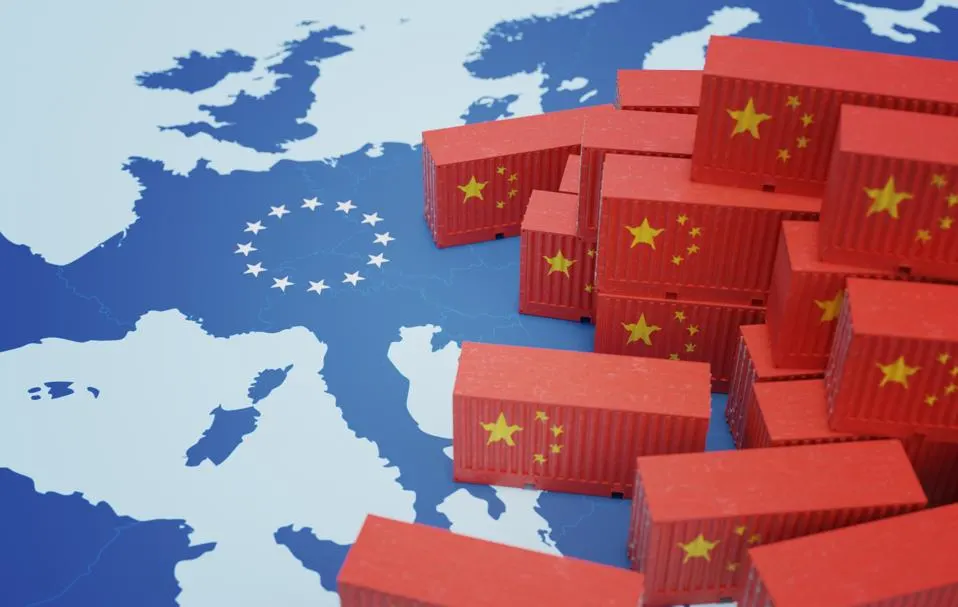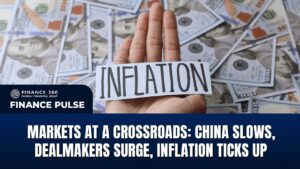After a tense standoff spanning months, the United States and China have agreed to lower tariff rates following bilateral trade talks over the weekend in Switzerland. The move brings temporary relief to businesses hit hard by the “Liberation Day” tariff surge introduced in April.
Tariffs Cut—but Not Removed
Under the new 90-day agreement, Chinese goods exported to the US will face a minimum 30% tariff, while US goods entering China will carry at least 10% in duties. These are sharp reductions from the previous triple-digit figures of 145% and 125% respectively, imposed in early April by the US.
However, these reduced rates do not account for tariffs left over from the first round of the US-China trade war during Donald Trump’s first term. Nor do they consider additional product-specific duties still in place.
What’s the Real Tariff Burden?
Despite the headline cuts, the effective tariff burden remains high. US Treasury Secretary Scott Bessent estimated that Chinese exporters now face a “baseline” tariff rate of about 50%, when factoring in both current and previous duties.
This aligns with independent estimates like Huatai Securities’ 49.3%, which includes 19.3% in residual duties from 2024 and the 30% agreed in the latest talks.
Certain sectors such as steel and aluminium will see even higher costs due to an added 25% duty.
Thin Margins and Tough Decisions
“There’s still a lot more that has to be done, because Chinese companies have been operating on increasingly thin margins for the past couple of years,” said Nick Marro, principal economist for Asia at the Economist Intelligence Unit.
While the reduced tariffs may offer temporary relief, Marro noted the challenges ahead. “A tariff rate of 20 per cent would have been difficult to manage,” he said, “and a tariff rate of around 40 to 50 per cent is still ‘prohibitive’ for a lot of firms.”
As a result, Marro anticipates continued “transshipment, mislabelling or under-invoicing of China-originated goods,” along with a shift in fulfillment through Chinese-owned factories in Southeast Asia and other markets.
“Steep but Not Impenetrable”
Stephen Olson, a visiting senior fellow at the ISEAS–Yusof Ishak Institute and former US trade negotiator, called the 30% tariff “very steep” but “not necessarily impenetrable.”
“At least some industries might be able to absorb the 30 per cent and still be able to export to the US,” Olson said. “For those sectors facing the 30 per cent plus the previous tariffs of 25 per cent, it might be insurmountable.”
A Fragile Truce
While the deal marks progress, the next 90 days will test whether both sides can sustain lower tariffs or slip back into escalation. For now, exporters remain caught in a complex and costly tariff regime, even if the pressure has temporarily eased.






